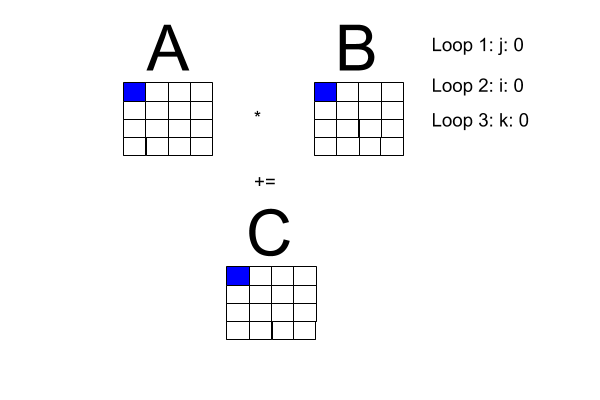Matrices
2/12 in Linear Algebra. See all.
Matrices
Matrices are pretty simple. They're just arrays of column
vectors. For example, the matrix
is a
Matrix Equivalency
Two matrices
-
-
-
Corresponding indices of
Matrix Addition
Matrix addition is defined elementwise — add corresponding
elements. Matrix addition is commutative (
Scalar Multiplication
For a matrix
-
-
-
Matrix Multiplication
Let
For
If

Special Types of Matrices
There are some special types of matrices that we'll need to know about.
Identity Matrix
The identity matrix is a square matrix with
Zero Matrix
The unique zero matrix of order
Triangular Matrices
-
Upper Triangular: A square matrix is
upper triangular if
-
Lower Triangular: A square matrix is
lower triangular if
An upper triangular matrix has elements that are all
Here's an example of an upper triangular matrix:
Diagonal Matrix
A diagonal matrix is a matrix where all the elements are
zero except for the diagonal elements. The product of two
diagonal matrices is also a diagonal matrix. So, a diagonal
matrix is both UT and LT.
Sub-matrix
A sub-matrix of a matrix
Partitioned Matrix
A matrix is partitioned if it is divided into submatrices by
horizontal and vertical lines between rows and columns. The
resulting submatrices are often called
blocks. Matrices are
compatibly partitioned if the number of
horizontal blocks in
Note that partitioning a matrix doesn't change anything
about the matrix — it's just a way to organize the matrix.
Symmetric Partition
A symmetrically partitioned matrix is one where the
horizontal and vertical partition lines occur in the same
places relative to the sequence of rows and columns.
Diagonal Block
A diagonal block (in a symmetrically partitioned matrix) can
be defined in two ways:
-
A block bounded by the
-
A block whose diagonal elements are all diagonal elements
of
Each diagonal block must be square. A block diagonal matrix is one whose nondiagonal blocks are all zero submatrices.
Special Matrix Definitions
Row Equivalence
Two matrices are row equivalent if one can be changed to the
other by a sequence of elementary row operations.
Positive Integral Power
Transpose
The transpose of a
Essentially, each row of
Symmetry
A matrix is symmetric if
Skew Symmetry
A matrix
It is a good exercise to prove that a skew symmetric matrix